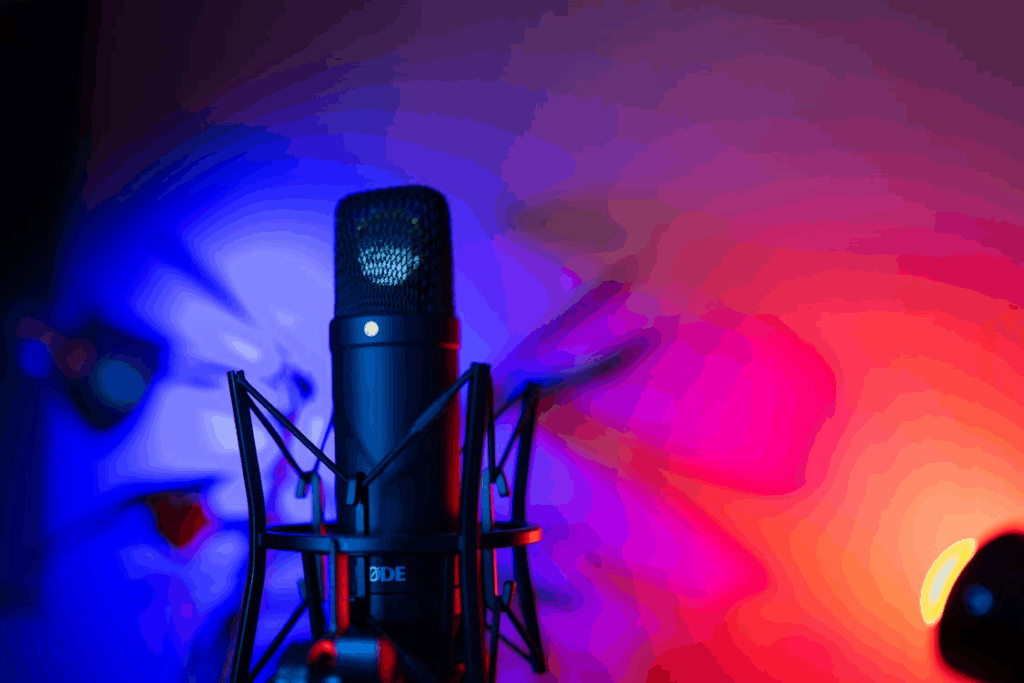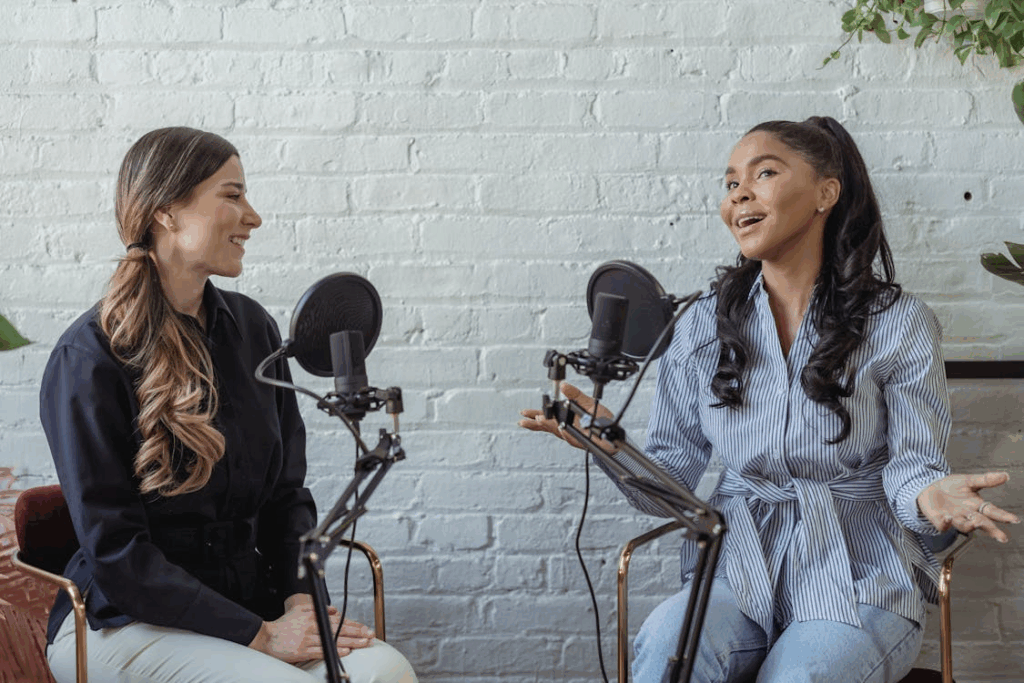Why does hearing an old song, seeing a vintage logo, or watching a rebooted TV show instantly make us feel good? That’s nostalgia—an emotion marketers have learned to harness with precision.
Nostalgia marketing taps into memories, comfort, and identity to create emotional connections that outlast trends. It’s not just about the past. It’s about reminding people who they were when life felt simpler, safer, or happier.
In an uncertain world, nostalgia sells because it offers a sense of comfort and reassurance. It tells us that some things, such as feelings, values, and icons, never really disappear.
The Brain on Nostalgia
Neuroscientists say nostalgia activates the brain’s reward and memory centers, releasing dopamine and oxytocin—the same chemicals linked to pleasure and bonding. It creates a sense of continuity between past and present, which can ease anxiety and foster optimism.
Marketers use this to a powerful effect. When a brand references a beloved era or product, it doesn’t just sell an item. It sells an emotion. A 2023 marketing study found that nostalgic campaigns increased brand loyalty by over 25%, mainly because consumers felt an emotional “trust signal” rooted in familiarity.
That’s why companies like Coca-Cola, Nintendo, and LEGO continually revisit their archives. Nostalgia doesn’t just revive products; it revives feelings that make people want to reconnect with the past.
See The Hidden Power of Fandoms for how communities turn shared memories into cultural influence.
Brands That Mastered the Throwback
Some of the most successful campaigns in recent years have leaned hard into nostalgia:
- LEGO reimagined its classic sets with retro packaging for adults who grew up building them. The result? A booming adult fan base and record profits.
- Stranger Things reignited love for 1980s music, fashion, and horror tropes, influencing everything from product design to Halloween costumes.
- Barbie (2023) turned a decades-old icon into a cultural phenomenon by blending nostalgia with modern commentary. It reminded fans of childhood play while updating her story for today’s values.
- McDonald’s Adult Happy Meals capitalized on Millennial nostalgia, proving that playful familiarity can drive viral engagement.
These campaigns show that nostalgia isn’t about reliving the past. It’s about reframing it for the present.
Explore The Comeback of Analog Hobbies to add more analog joy alongside digital life.
The Emotional Equation Behind Nostalgia
Nostalgia works because it combines two powerful emotions: comfort and yearning. It makes people feel connected to something stable in a world that constantly changes. This emotional safety drives purchasing decisions more effectively than logic or novelty.
Marketers often pair nostalgic imagery with sensory triggers, such as music, typography, or scent, to deepen the response. A retro jingle or familiar color scheme can instantly transport someone back to childhood, where brand trust was first formed.
But nostalgia’s real magic is in how it merges memory and identity. When consumers buy a throwback product, they’re not just buying what they loved. They’re buying who they were.
Need more creative space to think? Read Why Boredom Is Good for You.
Balancing Past and Present
The best nostalgia campaigns strike a balance. They evoke memories without feeling dated or pandering to the past. Successful brands refresh, not repeat, updating old icons with new values and relevance.
When done right, nostalgia becomes a bridge between generations: parents share familiar favorites with their kids, and brands become multi-generational touchpoints. It’s storytelling that transcends time.
Nostalgia marketing reminds us that even in a digital, fast-paced world, emotion still leads the way. It’s not the past we crave. It’s the feeling of belonging it brings back.




